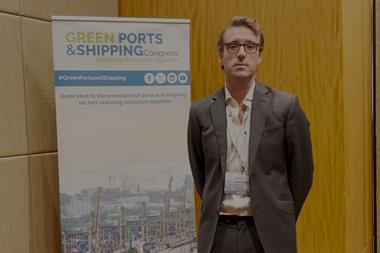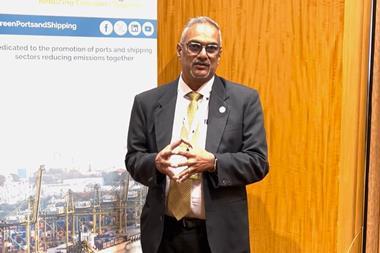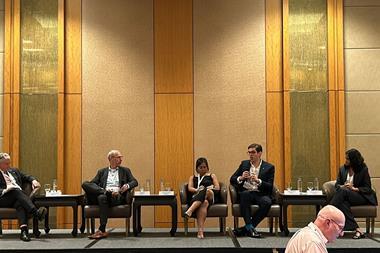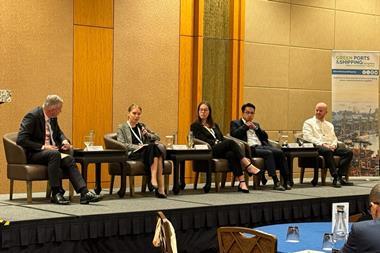Drives to reduce ship carbon emissions are increasingly the target of digital tools and software in bids to both increase efficiency and look for ways to save money, according to panelists at the Green Ports & Shipping Congress on 9 May.
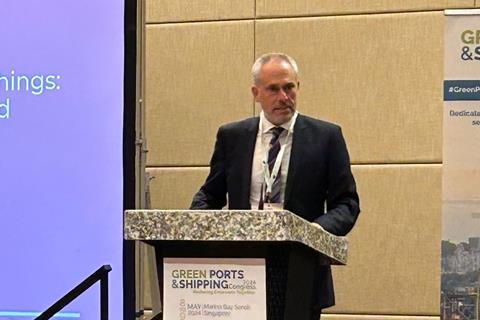
While the focus on green fuels for a news class of ships and efficient operations at ports and terminals aided by renewable power sources catches the big spending numbers, it is tweaks to existing operations that are the targets for companies with niche solutions.
On 9 May at the congress, a software look at optimizing ship travel and waiting times was the subject of the Blue Visby Solution and a digital solution to pinpoint the best times to bring in or ship out a full-loaded vessel caught audience attention.
“Optimising ships is a major issue for reducing carbon emissions from waiting vessels and the scale of the problem is ‘staggering’ - with the share of the fleet waiting hovering around 20%, said Haris Zografakis, a partner, Stephenson Harwood LLP.
He noted that every port in the world requires coordination between customs, terminals, customers, pilots, port authorities - with many ports with unique ecosystems, causing many of the waiting bottlenecks globally.
His tool to manage these bottlenecks, the Blue Visby Solution, is premised on coordinating ships to anchorage to reduce carbon emissions - the system of ships steaming for the same port. This would leave last-mile berthing in the hands of the ports and terminals. This could deliver fuel savings and cut carbon.
But he added that owners need skin in the game to see benefits such as fuel savings - this requires bilateral contracts and multilateral agreements.
“For the environment, ship optimization coordination could bring a 15% to 20% GHG (greenhouse gas) reduction, 15% carbon budget reduction and fewer whale strikes – Zografakis said, adding the first prototype completed this year with real ships and real contracts in Australia and Japan.
Meanwhile a study of data available on draft levels at ports prompted a look for a digital tool to allow increased loading capacity via software to measure vessel draft that can also lower carbon emissions, according to Brendan Curtis, chief commercial officer, OMC International.
“Fewer voyages by optimizing loading capacity are possible at most ports worldwide,” Curtis said.
These software tweaks to operations are increasingly becoming a new way for maritime industry players to think about other ways to reduce carbon emissions.
“Foundational elements for moving from studies to operations for fuel industry in Green Shipping Corridors have to be viable on costs,’ said Ilias Soultanias, managing principal engineer, Sustainability at ABS.


